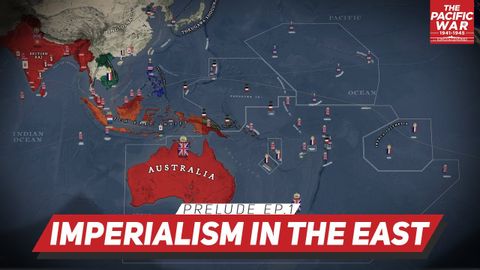
字幕與單字
How Europe Colonized Asia - Pacific War #0.1 DOCUMENTARY(How Europe Colonized Asia - Pacific War #0.1 DOCUMENTARY)
00
香蕉先生 發佈於 2022 年 06 月 27 日收藏
影片單字
spread
US /sprɛd/
・
UK /spred/
- n. (c./u.)盛宴;差異;差距;塗食品的果醬(或奶油);傳播;盛宴
- v.t./i.蔓延;擴散;散布;傳播;張開;展開
- v.t.塗(果醬等)
- v.i.蔓延;流行;傳播;普及
A2 初級多益初級英檢
更多 使用能量
解鎖所有單字
解鎖發音、解釋及篩選功能
